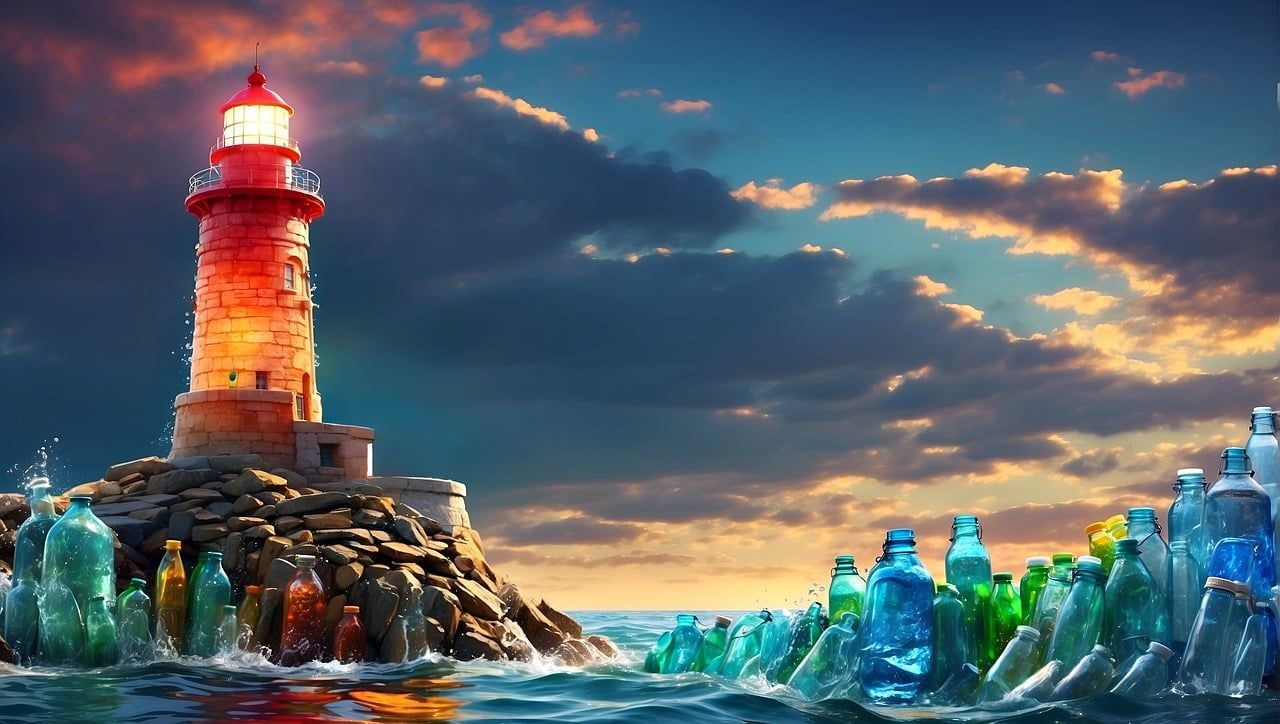Have you noticed any changes in plastic bottle caps lately? It takes some time to get used to the fact that plastic caps are now attached to the bottle. And why this change?
This alteration in the way we produce caps and hold bottles is intended to improve the environment, for us and for future generations. It is due to an obligation stemming from the single-use plastics directive that came into force in July 2024. The directive aims to reduce the 26 million tonnes of plastic waste generated each year in Europe. Much of this waste ends up in our seas and on our beaches: 80% of marine litter is plastic, and most of it is single-use plastic.
But why is it so important to attach the stopper to the bottle?
- Most plastic caps are made from two similar types of plastic: polyethylene (PET) and polypropylene. Both are recyclable. It is therefore important that they are not lost. If they are attached, the recovery process will be much easier.
- When not attached, it is very easy for the plastic cap to get lost and, instead of being recycled, it ends up degrading? the environment. In fact, plastic caps are found 2 to 3 times more often in marine litter than bottles.
- Thousands of animals (fish, birds, turtles and dolphins…) die every year from ingesting plastic. Because of their size, the animals mistake plastic caps for food.
Some figures
- Consumption of single-use plastics is on the rise: demand for plastic in the EU grew from 66 million tonnes in 2009 to 84 million tonnes in 2021.
- In 2021 alone, each European citizen generated 189 kg of packaging waste, and if no further action is taken, this figure could rise to 209 kg per person by 2030.
- It is estimated that plastic production and incineration pumped more than 850 million tonnes of greenhouse gases into the atmosphere in 2019.
The implementation of bottle caps is a key measure to reduce the environmental impact of single-use plastics. It not only aims to reduce pollution in seas and oceans, but also to promote a circular economy, where reuse and recycling are common practice. In addition, the measure represents an opportunity for the sector to innovate, will facilitate long-term savings in waste management and will allow European companies to operate under a common regulatory framework, promoting a more efficient and competitive internal market.
With transformations like this, Europe is moving step by step towards a cleaner and more sustainable future, where businesses and citizens play a crucial role in protecting the environment.
More information: European Commission







Leave a Reply